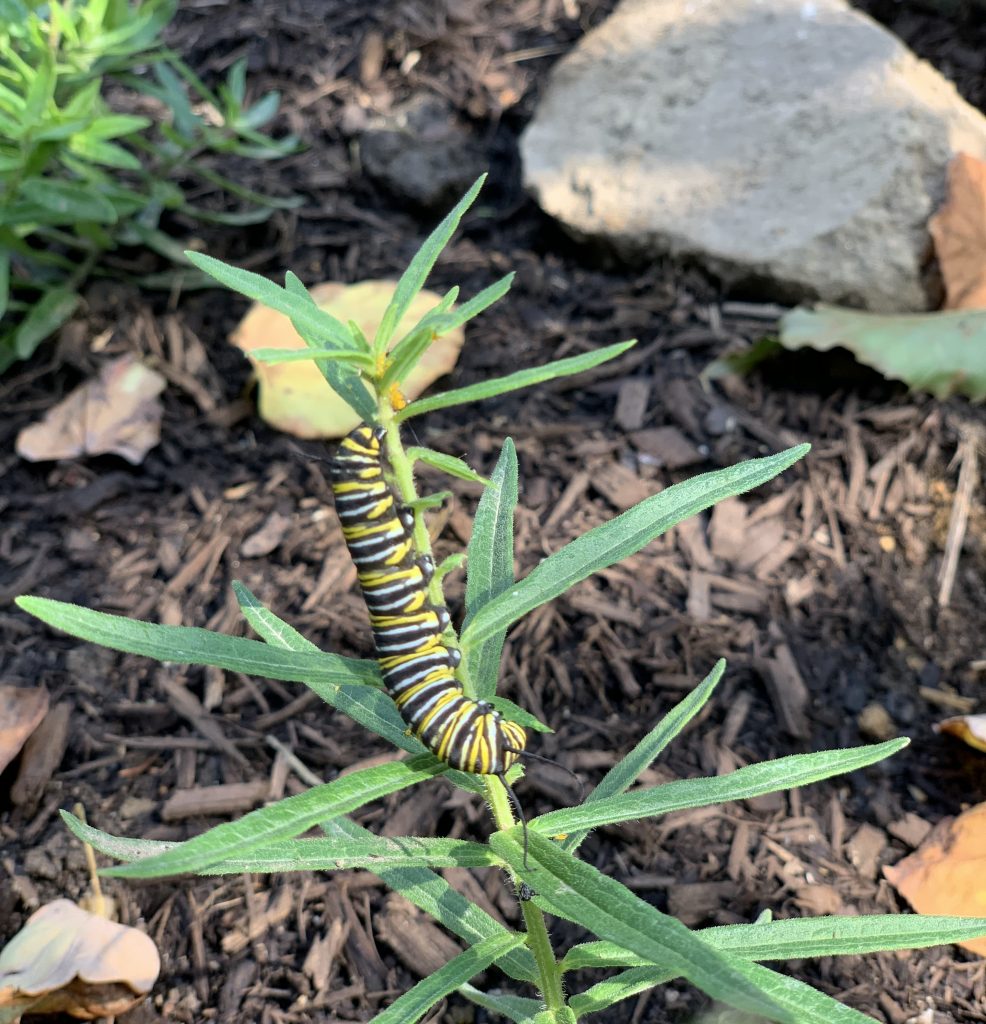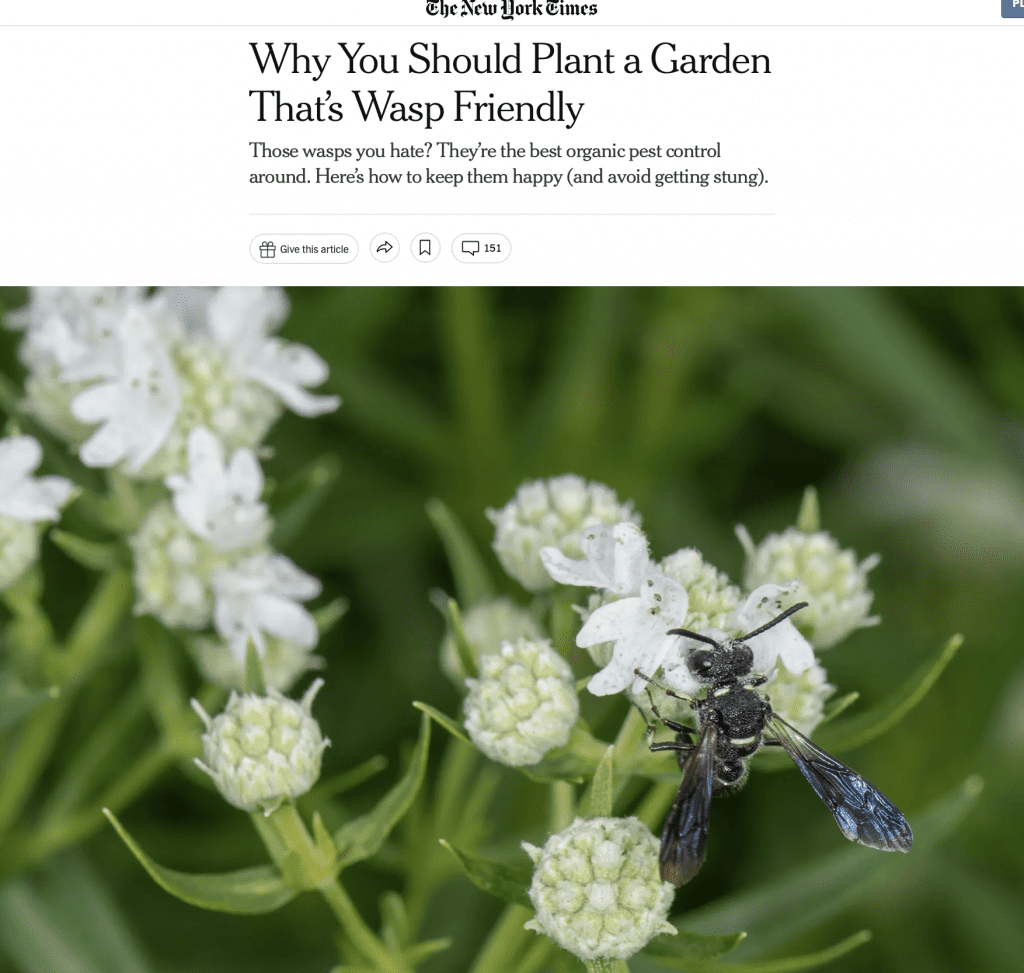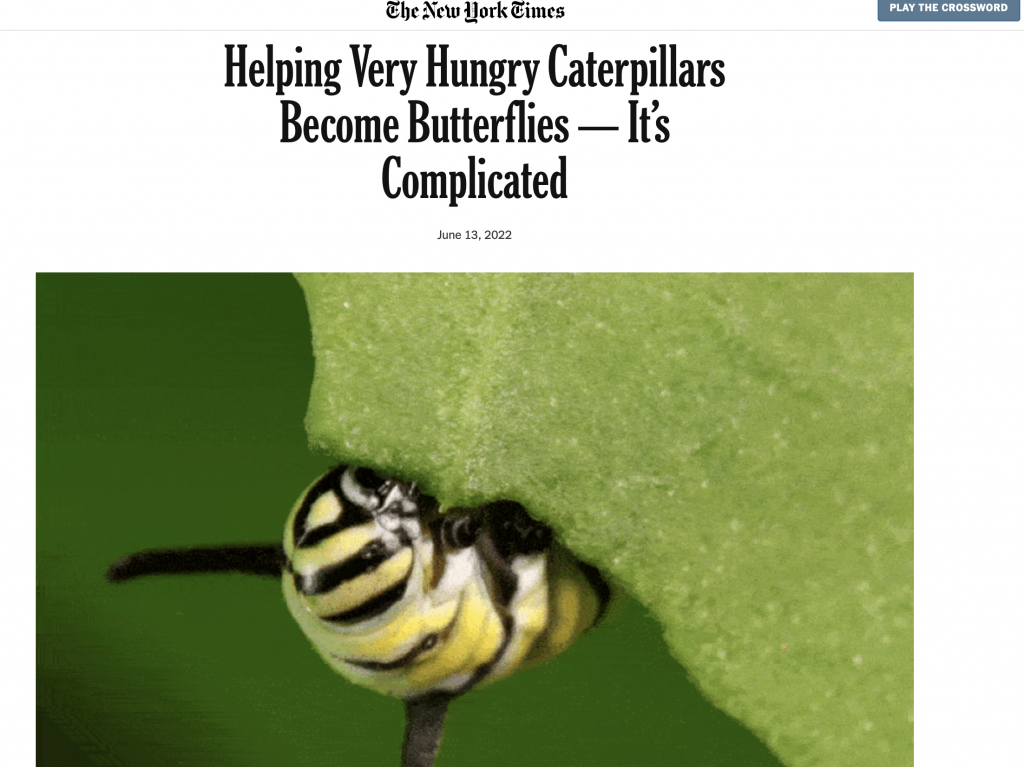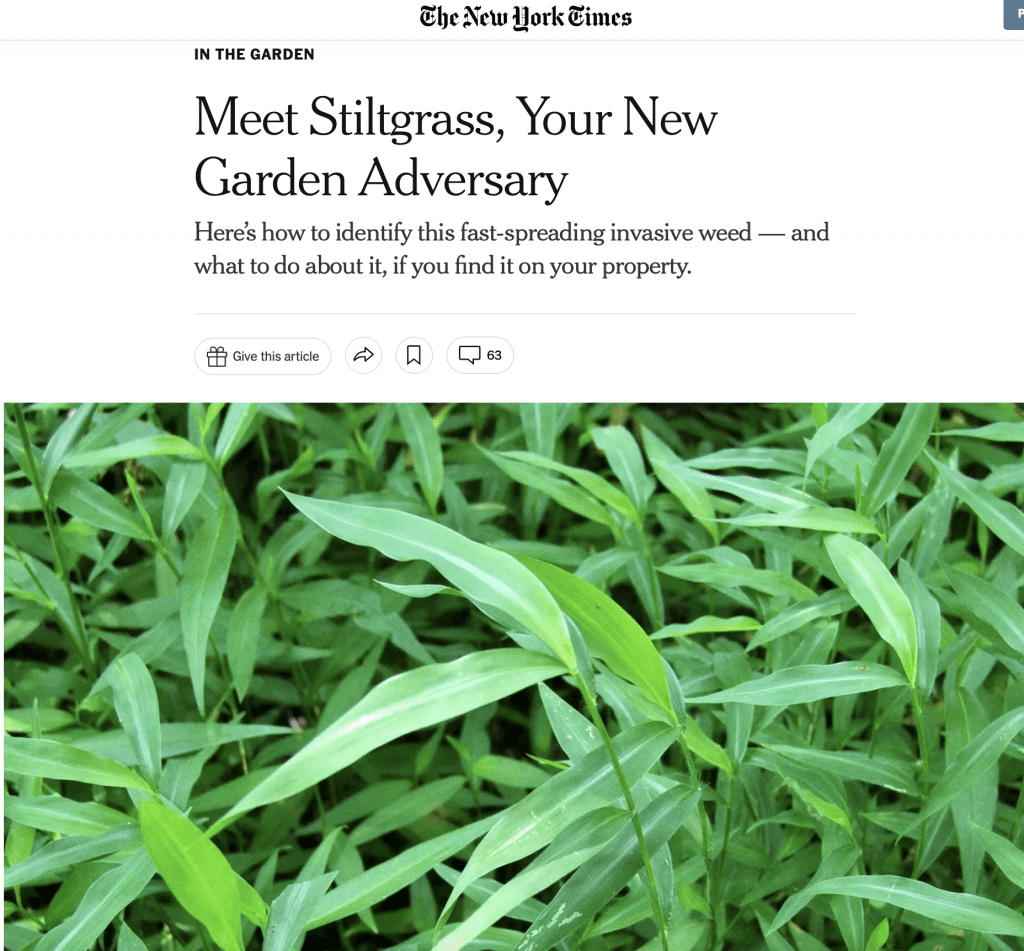Environmentally conscious gardening — what we in the industry call Ecological Landscaping — is making splashes in mainstream media (hooray!). As spring thaws to summer, and extreme, climate change-driven weather plagues us month after month, more people are starting to look to responsible land stewardship. How can we use our own plots of land to right decades of disturbance and malpractice towards the environment? We round up some of the best ecological landscaping news stories of the past few months, for inspiration, tips and fun facts. Hope you enjoy!

Ecological Landscaping Spring 2022 News Round Up:
Yes, You Can Do Better Than the Great American Lawn | NY Times | Margaret Roach

Renkl interviews Daniel Jaffe Wilder, renowned horticulturalist and director of applied ecology at Norcross Wildlife Foundation in Wales, MA, on why reducing and replacing your lawn with native alternatives is the best place to start to make your yard more environmentally-friendly.
The reasoning is two fold. First, the lawn is extremely resource intensive (water, fertilizer, gasoline for mowing) and using these resources has a ripple effect on the environment (worsening drought, polluting waterways, and emitting greenhouse gases, respectively). Second, lawns are monocultures of imported species, they are ecologically sterile.
Jaffe suggests several native alternatives. Worth the read!
Why You Should Plant a Garden thats Wasp Friendly | NY Times | Margaret Roach

“The list of the organic pest-control services offered by wasps goes on, and yet it is the wasps that we humans reflexively regard as pests,” Roach explains. Only 1.5 percent of wasps in the world are social wasps, those that build nests and can get defensive. The vast majority of wasps in the world are beneficial insects, serving as natural garden predators and performing amazing ecological feats.
Read the full article here.

Glyphosate and Your Health | Mount Sinai Exposomics Research Summary
Mount Sinai’s Exposomic Research department studies the effect of various chemical exposures on human health. A June 2022 report summarized their recent findings on the impact of the herbicide Glyphosate on rodents and its implications for human health.
“Drs. Chen and Lesseur are investigating the impacts of glyphosate exposure during pregnancy in human cohorts and animal models. Utilizing data from Dr. Shanna Swan’s The Infant Development and Environment Study (TIDES), they found an association between glyphosate exposure during pregnancy and risk of pre-term birth. In the United States, complications that arise from pre-term births are a leading cause of infant mortality. In another study of TIDES participants, they found that girls born to mothers with higher glyphosate exposure during pregnancy had longer anogenital distance, a marker of testosterone exposure. This suggests that glyphosate interferes with hormones and may have additional impacts on development of reproductive organs and other hormone-dependent systems.
These findings are supported by a study that Drs. Chen and Lesseur conducted in rodents, where long-term exposure to glyphosate as well as the glyphosate-based herbicide Roundup was linked to hormone disruption. They found that prenatal glyphosate exposure at levels considered to be “safe” for human consumption was associated with longer anogenital distance in both male and female offspring, and an increase in thyroid stimulating hormone in males. These findings are further evidence of the endocrine disrupting properties of glyphosate.”
Read the full report including tips to avoid Glyphosate exposure here.
Helping Very Hunger Caterpillars Become Butterflies – Its Complicated | NY Times | Margaret Renkl

An avid gardener and with vast pollinator knowledge, Margaret Renkl shares her experience trying to protect precious caterpillars as the metamorphosis into butterflies. A lesson in the complicated nature of ecosystems, and how our gardens (even with ecological landscaping!) are imperfect replications of natural environments. A fascinating and informative read!
Check out more of Renkl’s articles on NY Times including:
One Way to Do More for the Environment: Do Less with Your Yard
For the Butterflies, and the Rest of Us
Meet Stiltgrass, Your New Garden Adversary by Margaret Roach for NYTimes

Roach writes an informative article on the pesky invasive Stiltgrass, what we know about the plant and what management practices are available. Read the full article here.
Ecological Landscaping Book Recommendations
Check out our previous posts with booklists of Jay’s favorite ecological landscaping, nature and ecology books!
Jay Archer’s Winter 2021 Book List
Jay Archer’s Summer 2020 Reading List
—
Green Jay Landscape Design
Where Design Meets Ecology
914.560.6570